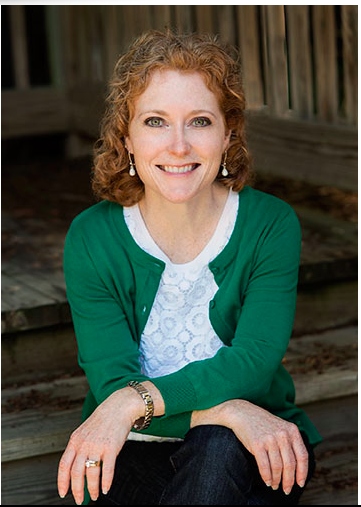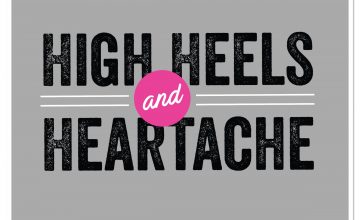Signe Whitson chats about passive aggression. We define passive aggression, talk about the different behaviors passive aggressive people employ, discuss the different levels of passive aggression, and explore what causes people to be passive aggressive.

Signe Whitson is an author and internationally-recognized speaker with 20 years of experience working with children, teens, and families. She presents customized training workshops for professionals, parents, and students on topics related to bullying prevention, digital citizenship, managing anxiety and anger in children, changing passive aggressive behavior, and intervening effectively in crisis situations in schools and treatment organizations
In her articles, books, and trainings, Signe provides down-to-earth, practical advice for navigating the daily challenges of living and working with children, tweens and teens. As a mother of tween & teen daughters, Signe relates to parents on a personal level.
Signe is the Director of Counseling at The Swain School in Allentown, PA. She is also the Chief Operating Officer of the Life Space Crisis Intervention Institute, an international training and certification program for turning crisis situations into learning opportunities for children and youth with chronic patterns of self-defeating behaviors.
She is the author of six books, including:
BULLY PREVENTION
The 8 Keys to End Bullying ACTIVITY BOOK for Kids & Tweens
The 8 Keys to End Bullying Activity book COMPANION GUIDE for Parents & Educators
8 Keys to End Bullying: Strategies for Parents & Schools
Friendship & Other Weapons: Group Activities to Help Young Girls Ages 5-11 to Cope with Bullying
ANGER MANAGEMENT
How to Be Angry: An Assertive Anger Expression Group Guide for Kids and Teens
PASSIVE AGGRESSIVE BEHAVIOR
You can follow her on Twitter @SigneWhitson, watch clips of her trainings on YouTube, read her articles on The Huffington Post or Psychology Today, or “Like” her on Facebook.
Podcast: Play in new window | Download
